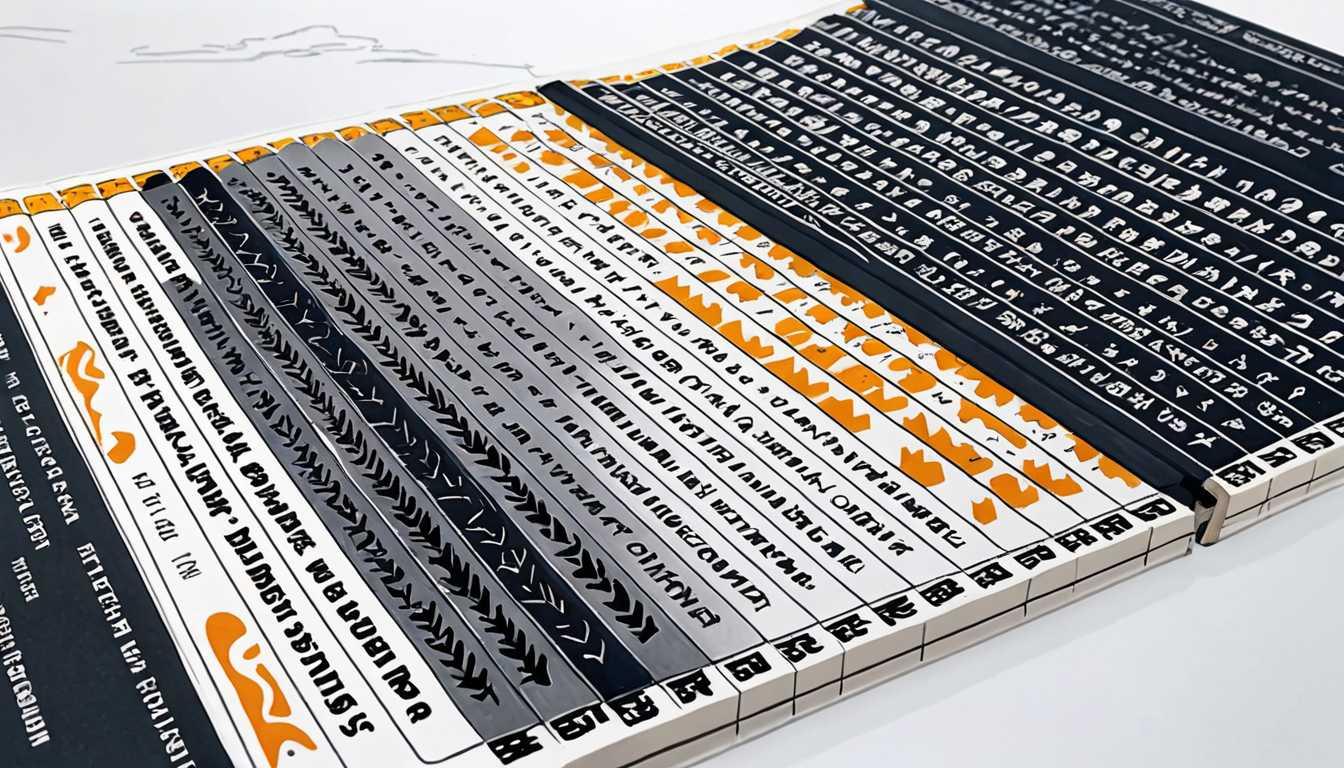Stitching Behind Bars: An Unseen Art
March 2024
JSTOR Daily
Introduction
Dive into the unexpected world of Prisoners’ Pastimes on JSTOR Daily, where embroidery isn't just a craft, but a radical act of expression and protest. From Mary, Queen of Scots to modern political prisoners, discover how those confined have turned to stitching, transforming personal strife into intricate, symbolic artworks. Isabella Rosner's insights in Stitching Freedom unravel how these threads of resistance offer both a personal escape and a political statement. Get ready to see embroidery in a revolutionary new light!
READ FULL ARTICLEWhy It Matters
Discover how this topic shapes your world and future
Threads of Resistance and Expression
Embroidery, often perceived as a mere pastime, carries a profound narrative especially when it comes to those in confinement. This craft has historically served as an emotional outlet and a form of silent protest for the incarcerated, from Mary, Queen of Scots to modern political prisoners. By engaging in embroidery, these individuals not only pass time but reclaim a sense of agency, articulate personal and political statements, and maintain a connection to the outside world. For you, exploring this topic could reveal how creativity emerges under constraints and how cultural and personal identity can be expressed through the arts. It’s a powerful reminder of how resilience and resistance can take shape, offering a unique lens to view history and current social issues.
Speak like a Scholar
Agency
The capacity of individuals to act independently and make their own free choices.
Subversive
Intended to undermine or overthrow established structures or beliefs.
Symbolic
Serving as a representation of a wider concept or idea.
Socio-economic standing
The social and economic position of a person or group within society.
Articulate
To express an idea or feeling fluently and coherently.
Resilience
The ability to recover quickly from difficulties; mental toughness.
Independent Research Ideas
Comparative Study of Embroidery in Different Types of Confinement
Explore how embroidery differs in prisons, mental institutions, and political confinement settings. Investigate how the context of confinement influences the themes and styles of embroidery.
Embroidery as a Form of Non-Violent Protest
Analyze cases where embroidery has been used to make political statements or as a form of resistance. This could include studying embroidered messages by the Suffragettes or by prisoners like Mary, Queen of Scots.
Psychological Impact of Creative Activities in Confinement
Examine the mental health implications of engaging in embroidery for incarcerated individuals. How does this activity aid in coping with stress, building a sense of identity, or providing psychological relief?
Cultural Expression through Embroidery among Displaced Communities
Look into how displaced communities, such as refugees, use embroidery to preserve cultural identity and narrate their experiences. This could include studying Hmong story clothes or Palestinian political prisoners’ embroidery.
Evolution of Embroidery Techniques and Materials in Confinement
Research how the materials (like using one’s own hair) and techniques in prison embroidery have evolved over time and what these changes signify about the availability of resources and the ingenuity of the incarcerated.




